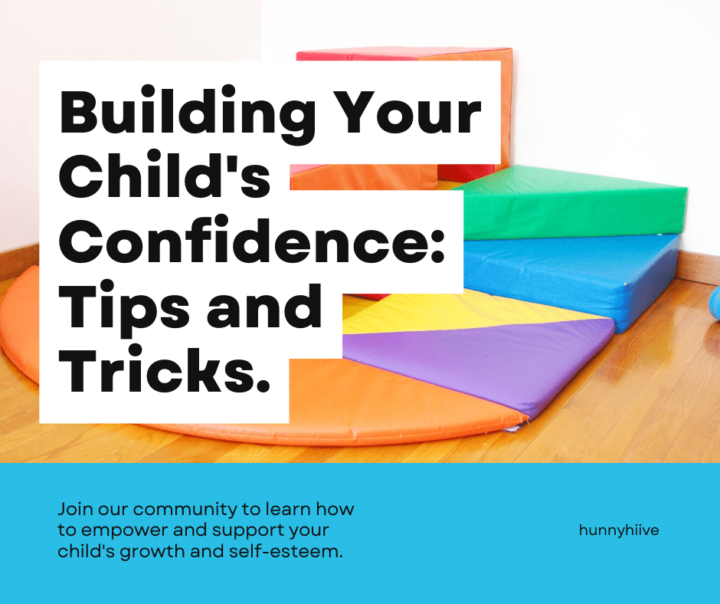
Surviving the Terrible Twos
Tips for Navigating Toddlerhood
Welcome to our ultimate guide on surviving the notorious “terrible twos” – that delightful phase of toddlerhood where tantrums reign supreme and defiance seems to be the name of the game. If you’re a parent in the thick of it, fear not, for you are not alone! In this comprehensive blog post, we’ll delve into the world of toddlerhood, exploring the reasons behind the notorious reputation of the terrible twos and providing you with practical tips and strategies to navigate this challenging stage with grace and sanity intact. So buckle up, fellow parents, and let’s dive into the wild ride that is toddlerhood!
Understanding the Terrible Twos:
Ah, the terrible twos – a phrase that strikes fear into the hearts of parents everywhere. But what exactly are the terrible twos, and why do they have such a fearsome reputation? The term “terrible twos” refers to a developmental stage that typically occurs around the age of two, characterized by increased independence, boundary-pushing behavior, and, of course, epic tantrums. While it can be a challenging time for both parents and toddlers, it’s essential to understand that it’s a normal and necessary part of your child’s development.
The Science Behind Toddler Tantrums:
Before we delve into our survival tips, let’s take a moment to explore the science behind toddler tantrums. Tantrums are a natural response to frustration and a toddler’s way of expressing their big emotions when they don’t have the language skills to articulate them verbally. During the toddler years, your little one is experiencing rapid brain development, including the growth of the prefrontal cortex, which is responsible for regulating emotions and impulses. As a result, tantrums are a common occurrence as your toddler learns to navigate their ever-expanding world.
Tip 1: Stay Calm and Carry On:
When faced with a full-blown tantrum, it can be tempting to match your toddler’s intensity with your own frustration or anger. However, staying calm is key to de-escalating the situation and modeling positive behavior for your child. Take deep breaths, count to ten if you need to, and remind yourself that this too shall pass.

Tip 2: Validate Your Toddler’s Feelings:
Even though it may seem like your toddler is upset over something trivial, such as the wrong color cup or a broken cookie, those feelings are very real to them. Take a moment to acknowledge their emotions and let them know you understand. Saying something like, “I see that you’re upset because you wanted the blue cup. It’s okay to feel disappointed,” can go a long way in helping your child feel heard and validated.
Tip 3: Set Clear Boundaries and Expectations:
Consistency is key when it comes to setting boundaries and expectations with your toddler. Make sure they know the rules and consequences for their behavior, and stick to them as much as possible. By providing a clear structure and routine, you can help your child feel secure and understand what is expected of them.
Tip 4: Offer Choices Whenever Possible:
Toddlers love feeling like they’re in control, so whenever possible, give them choices to help them feel empowered. Whether it’s letting them choose between two snack options or deciding which book to read at bedtime, offering choices can help reduce power struggles and foster independence.
Tip 5: Use Positive Reinforcement:
Praise your toddler when they exhibit positive behavior, even if it’s small. Positive reinforcement can encourage them to continue making good choices and help build their self-esteem. Whether it’s a high-five, a sticker chart, or a special treat, find what motivates your child and use it to your advantage.
Tip 6: Practice Empathy and Understanding:
Empathize with your toddler’s feelings and let them know that you understand how they’re feeling. This can help them feel supported and loved, even in the midst of a tantrum. Remember, it’s okay to acknowledge their feelings while still enforcing boundaries and consequences for their behavior.
Tip 7: Distract and Redirect:
Sometimes, a simple distraction can work wonders in diffusing a tantrum. If you sense a meltdown coming on, try redirecting your toddler’s attention to something else that interests them, such as a favorite toy or activity. By shifting their focus away from the trigger, you may be able to prevent a full-blown tantrum from occurring.
Tip 8: Take Care of Yourself:
Parenting a toddler can be physically and emotionally draining, so it’s essential to prioritize self-care. Make sure you’re getting enough rest, eating well, and taking time for yourself when you need it. Remember, you can’t pour from an empty cup, so taking care of yourself is crucial for your own well-being and your ability to be the best parent you can be.
Conclusion:
In conclusion, navigating the terrible twos may feel like an uphill battle at times, but with patience, understanding, and a few handy tips up your sleeve, you can survive – and even thrive – during this challenging stage of toddlerhood. Remember, you’re not alone in this journey, and there is light at the end of the tantrum-filled tunnel. So take a deep breath, give yourself a pat on the back, and know that you’ve got this, fellow parent!




